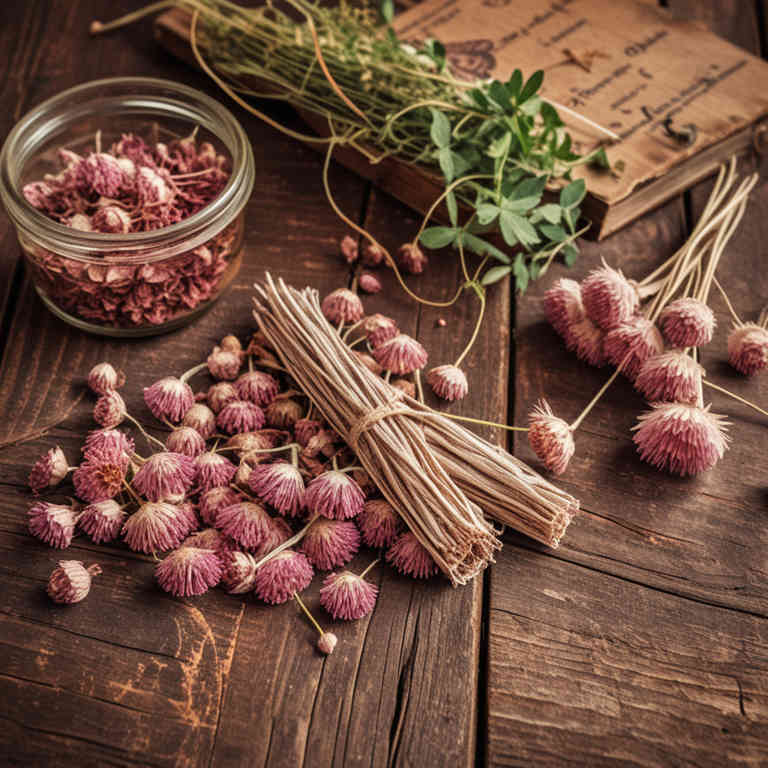Trifolium pratense decoction for medicinal use

Trifolium pratense decoction is a herbal preparation made by simmering red clover (Trifolium pratense) in water to extract its active compounds.
This decoction is commonly used in herbalism for its purported anti-inflammatory, antioxidant, and mild estrogenic properties. It is often employed to support respiratory health, alleviate menopausal symptoms, and promote skin health. The preparation may also be used to soothe skin irritations and support immune function.
Due to its mild nature, it is generally considered safe when used as directed, though it should be avoided during pregnancy without medical guidance.
Uses
Trifolium pratense decoction has been used to treat various ailments for centuries, with roots in ancient herbal medicine systems.
Historically, it was valued in European folk medicine for its purported ability to alleviate symptoms of anxiety, depression, and hormonal imbalances. Traditional uses also included supporting cardiovascular health and reducing inflammation, often prepared as a tea or tincture. In modern times, scientific research has explored its potential benefits, particularly in managing menopausal symptoms and improving mood disorders.
Today, it remains a popular complementary therapy, though its efficacy continues to be studied in clinical settings.
Benefits
Trifolium pratense decoction has health benefits such as improving cardiovascular health, reducing inflammation, and supporting mental well-being.
This herbal preparation, derived from red clover, contains isoflavones and other phytoestrogens that may help balance hormones and alleviate menopausal symptoms. It is also known to act as a mild diuretic and may aid in detoxification processes within the body. Additionally, the decoction has been traditionally used to support respiratory health and ease symptoms of asthma or bronchitis.
Its antioxidant properties contribute to overall immune support and may help in preventing chronic diseases.
Constituents
Trifolium pratense decoction active constituents include flavonoids, particularly quercetin and kaempferol, as well as polyphenols, tannins, and vitamin C. These compounds contribute to its antioxidant, anti-inflammatory, and immune-boosting properties.
The decoction is traditionally used to support cardiovascular health by helping to lower blood pressure and improve circulation. It may also aid in reducing menopausal symptoms and promoting urinary tract health.
Overall, the herbal preparation is valued for its broad range of therapeutic benefits due to its complex profile of bioactive compounds.
Preparation
To make Trifolium pratense decoction, start by gathering fresh or dried red clover (Trifolium pratense) leaves.
Rinse the leaves thoroughly and measure out about 1 to 2 tablespoons of the herb. Place the herb in a pot and add approximately 1 cup of water, then bring the mixture to a boil. Reduce the heat and let it simmer for 15 to 20 minutes.
Strain the liquid through a fine mesh strainer or cheesecloth into a clean container, and allow it to cool before use.
Side Effects
Trifolium pratense decoction may lead to gastrointestinal discomfort, including nausea, vomiting, and diarrhea, particularly when consumed in large quantities or on an empty stomach.
It can also cause allergic reactions in individuals sensitive to legumes, manifesting as rash, itching, or anaphylactic symptoms. Long-term use may interfere with blood clotting due to its antiplatelet properties, increasing the risk of bleeding. Some studies suggest it might affect hormone levels, potentially leading to hormonal imbalances.
It is important to consult a healthcare provider before using this preparation, especially for those with existing medical conditions or taking medications.